How does a simple Crystal Set work?
This article looks at how a simple crystal set radio receiver, which was the first proper vintage radio, works.
Ever wondered, ‘How does a crystal set work’? Well, this article is the first in a series that is going to try to answer that question and over the course of the series try to answer a more general question which is, ‘How does a vintage radio work’?
How does a vintage radio work – Crystal Sets.
The Crystal set is about the simplest possible design for listening to a radio broadcast – at least a radio broadcast in the time period we are talking about which would be from about 1910 to about 1980.

The distinctive feature of a crystal set is that it has no form of active component that amplifies the signal and requires no power supply to work. It simply uses the signal that can be captured from an aerial and recovers the audio signal to feed a set of headphones.
Because the level of signal is very low, a crystal set will only really work with local high power radio stations, and with a very good aerial that is capable of capturing as good a signal as possible from the transmitter.
The circuit is shown here. Basically it consists of a tuned circuit1 to select the station, a diode to detect the audio signal from the RF carrier and then a set of high impedance headphones to listen to the very low level audio that the set produced.
A key component in getting good reception is the aerial which had to be very good. I remember when I was a child my Dad had an aerial for his workshop2 in the garden, and it stretched from the corner of the house all the way up the garden to the workshop, probably about 80 feet. I remember him being up the ladder attaching corner brackets just under the roofline, so he could fit the wire, which was insulated from the house with porcelain insulators.
The second part of getting a good signal strength was to have an efficient earth, and in our case that was a solid copper pipe pushed into the ground outside Dad’s workshop with a wire feeding in through a small hole under the window.
In the circuit shown, here the tuned circuit is an inductor and a variable capacitor. These two components are used to set the frequency that the set would respond to by adjusting the resonant frequency of the circuit with the variable capacitor.
Although that is one option, certainly for the crystal sets I made as a boy the inductor was hand wound on a large cardboard former and often would have connections made after every 20 or so turns, so that the inductance could be changed as well as the capacitance which increased the number of stations that could be tuned.
The diode forms the demodulator in the circuit, and the component used would be a germanium diode in my case, but in the 1920s the demodulator would be formed from a natural crystalline material which had properties that made it act like a semiconductor diode. The crystal would be held in a small holder and a sprung steel wire would be moved into contact with the crystal to find a good area that detected the signal. The crystal of course is what gave the set its name.
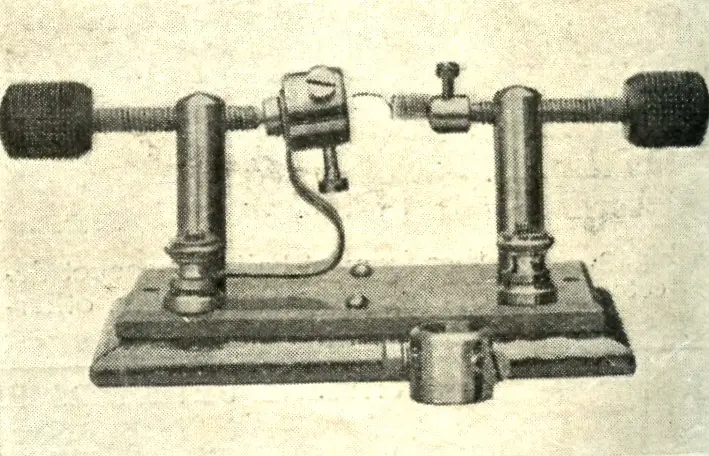
I remember making an artificial crystal as a boy from iron filings and sulphur. They were placed in a test tube and heated up until they fused together and the resultant crystal, when cooled, worked as a detector.
In the circuit here the listening device is shown as a speaker, but this type of vintage radio set couldn’t produce enough power to drive a speaker, and in any case speakers are low resistance devices. In order to keep the tuned circuit selective, a set of high impedance headphones needed to be used.
The construction technique used to make a crystal set was not in any way fixed and since the number of components used is so low it gave a lot of scope to people to experiment. When I made sets as a boy they would generally be made on a small sheet of plywood which gave me room to mount a tuning capacitor and have a coil wound on a stiff cardboard former which could be bolted to the same plywood sheet on spacers. A couple of terminals for aerial and earth and a crystal detector like the one pictured above would complete the set.
Other sets were made with proper boxes and some elaborate sets had plugin coils so that the set could cover a much larger range of transmissions.
The level of audio obtained from such a radio set is very low, but for a single person listening in a quiet room it is usable. Because people wanted to listen without headphones and as a family group, the crystal set design was enhanced to include amplification, leading to the Tuned Radio Frequency set, which included valves to amplify the radio signal both before and after detection.
So that is the first part of answering, ‘How does a vintage radio work’? The next part of this series will look at how a Tuned Radio Frequency radio works.
- A tuned circuit is made with a coil of wire called an inductor, and a capacitor, which is a component with two electrodes separated by an insulator. The circuit diagram representation is actually quite accurate because the inductor is shown as a coil and the capacitor as two plates separated by a space [↩]
- shed really [↩]
Discover more from Everything Vintage
Subscribe to get the latest posts sent to your email.

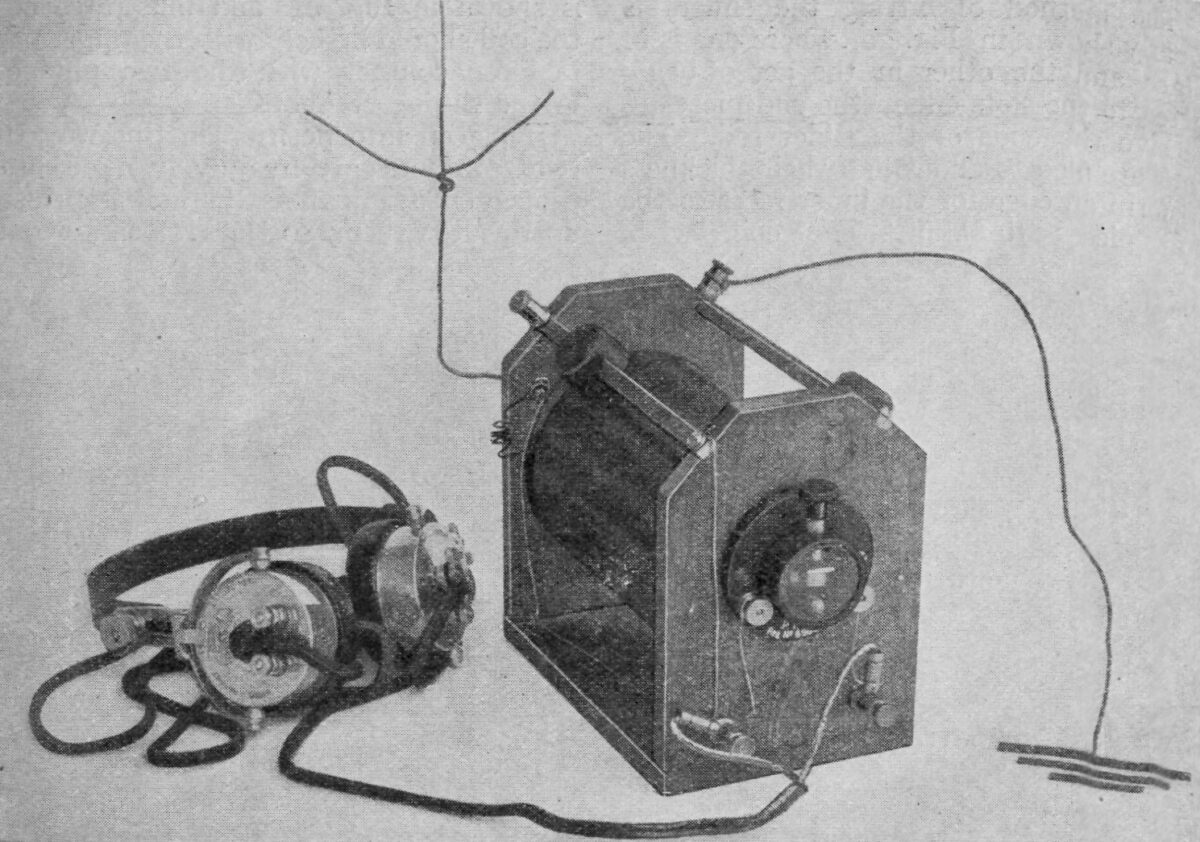
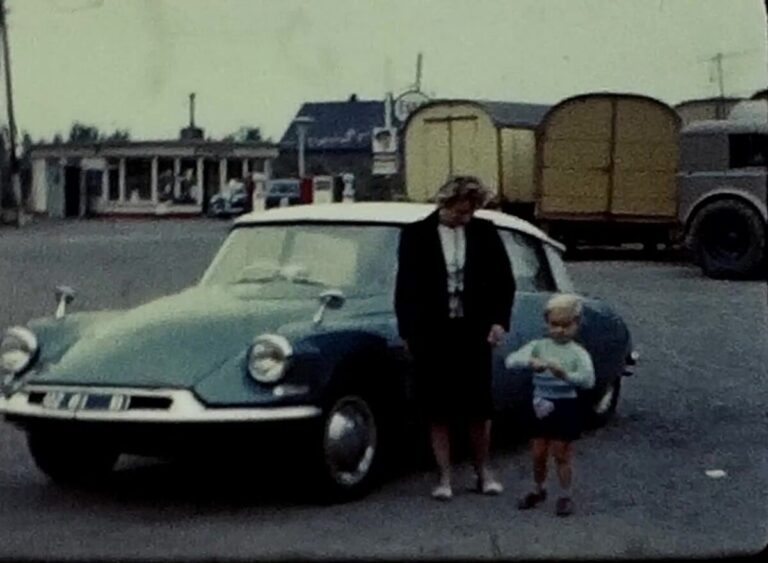
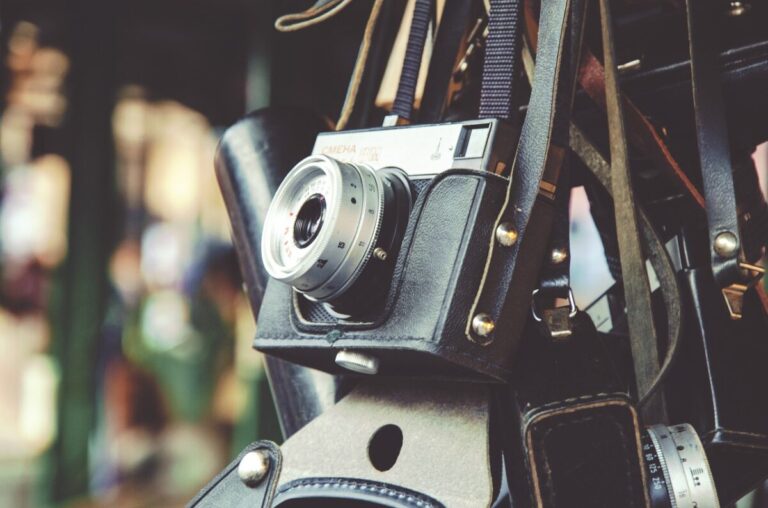
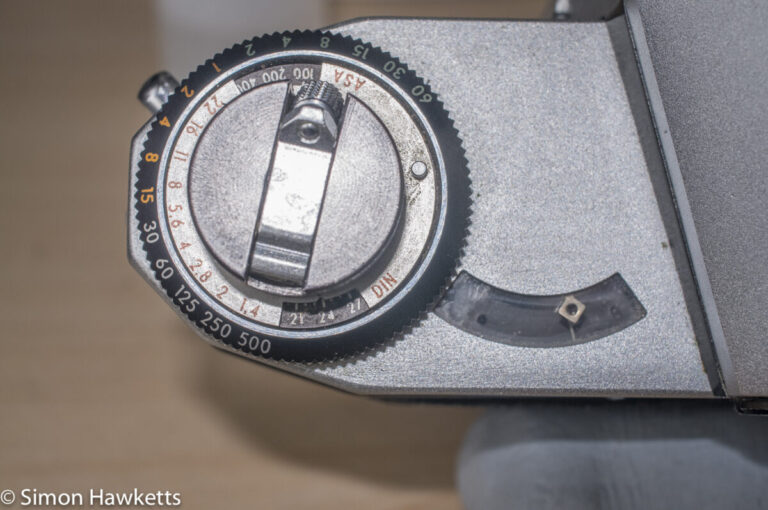
Thank you! That was simple, clear and easily followed, even by one like me who has no natural aptitude on the subject.
Thanks Roy
That article brought back a stack of memories from my childhood. I would lie in bed listening to the crystal set for hours.